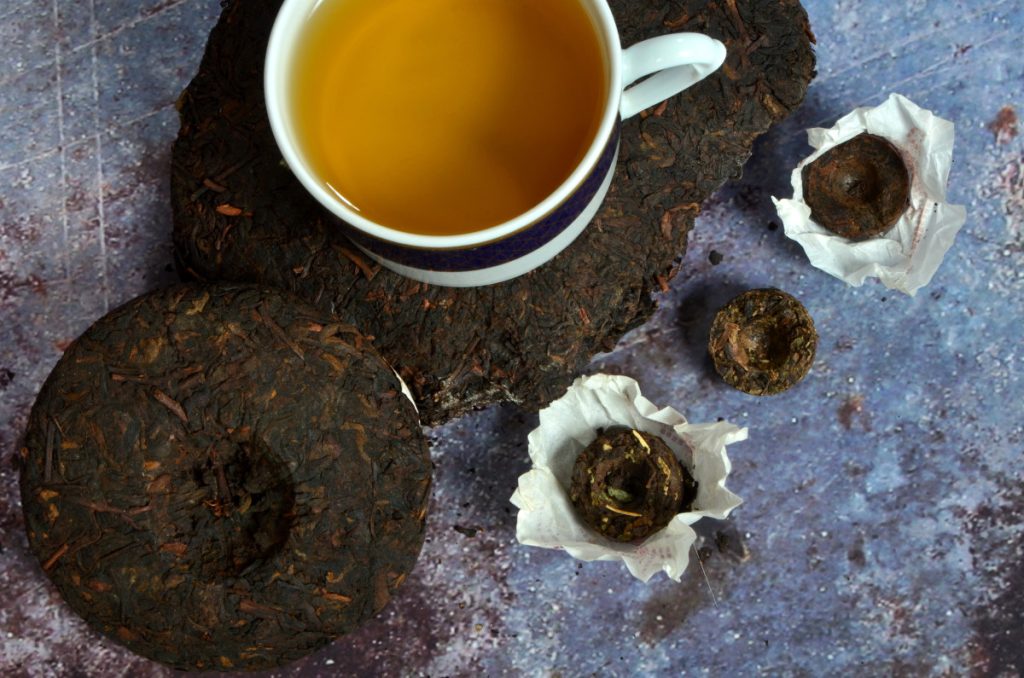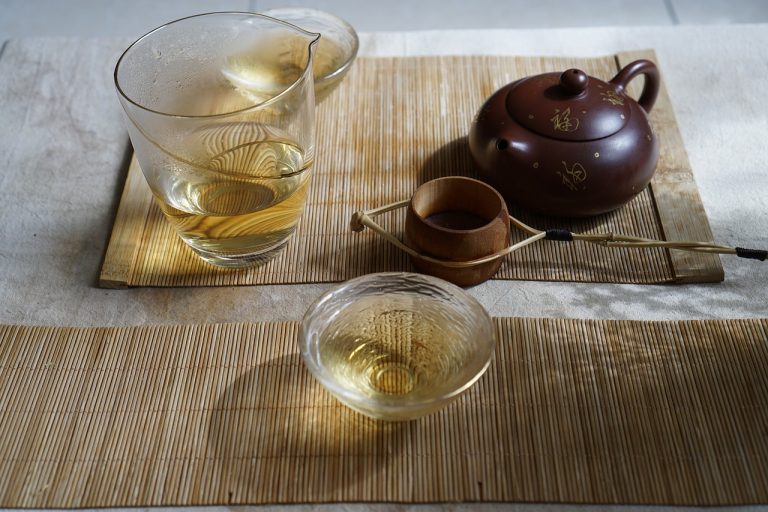According to a Chinese legend, tea was discovered in ancient China over 4,000 years ago during the reign of Emperor Shennong. The story states that leaves from a nearby tea tree blew into a boiling pot of water and he decided to consume it anyways, discovering the aromatic beverage we now know as tea.
Regardless of when or how tea was really discovered, over the years, tea became an integral part of Chinese society, as it was eventually interwoven into rituals, art, and daily life. As such, many regions of China developed unique processing techniques and distinct styles of tea, reflecting their climate, culture, and traditions.
Despite there being many different individual types of Chinese tea, they are generally divided into 6 categories or classifications: Green tea, black tea, oolong tea, white tea, yellow tea, and post-fermented teas, a category which would include teas such as pu’er or liu bao.
Table of Contents
Green Tea
Although green tea is quite popular throughout the world, it was first harvested, produced and consumed in China and has since become an emblem of culture and tradition.
To produce green tea, the leaves are quickly steamed or pan-fired after being harvested to prevent as much oxidation as possible. This process, known as fixation, or Sha Qing, helps preserve the naturally vibrant color and taste of the plant.
The flavor profile of green tea is often described as grassy, vegetal, nutty, and floral.
Famous varieties of green tea include Longjing and Bi Luo Chun.
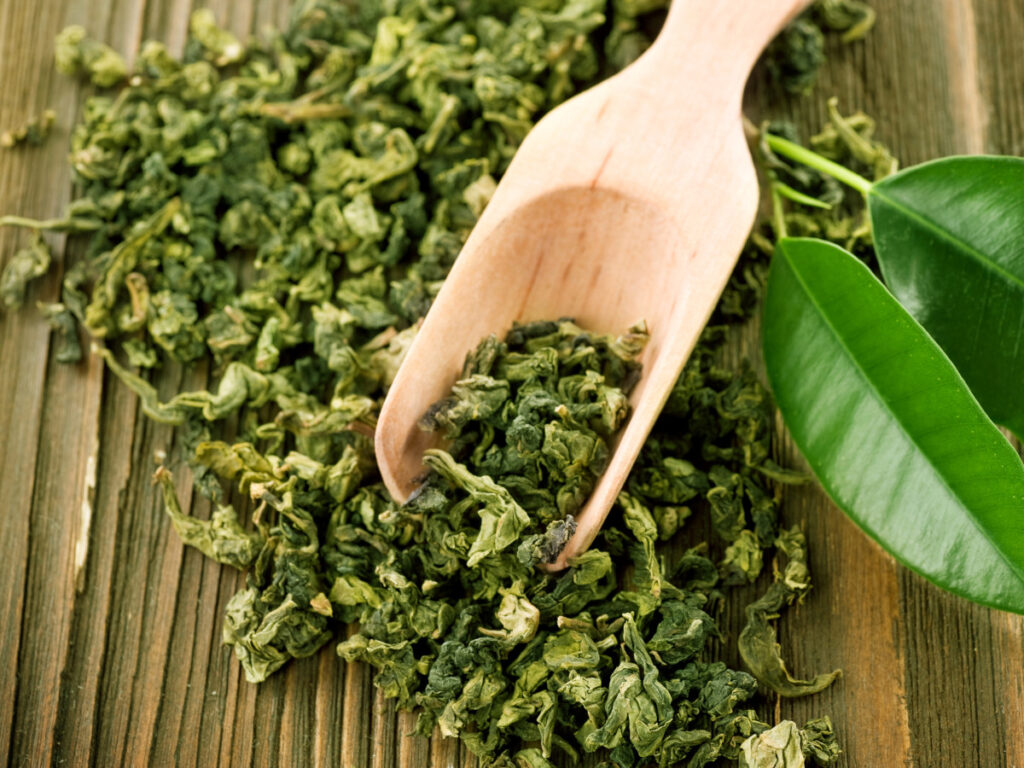
Black Tea
Black tea is known as “hong cha”, or red tea, due to the red hue it produces when brewed.
To produce black tea, after the withering process, the leaves are rolled or bruised in order to further oxidize the leaves, which results in a darker color and flavor.
This lengthy oxidation process gives black tea a darker hue, stronger flavor, and longer shelf life than green and oolong teas.
The flavor profile of black tea is often described as dark, malty, smoky, fruity, or floral.
Famous varieties of black tea include Keemun and Lapsang Souchong.
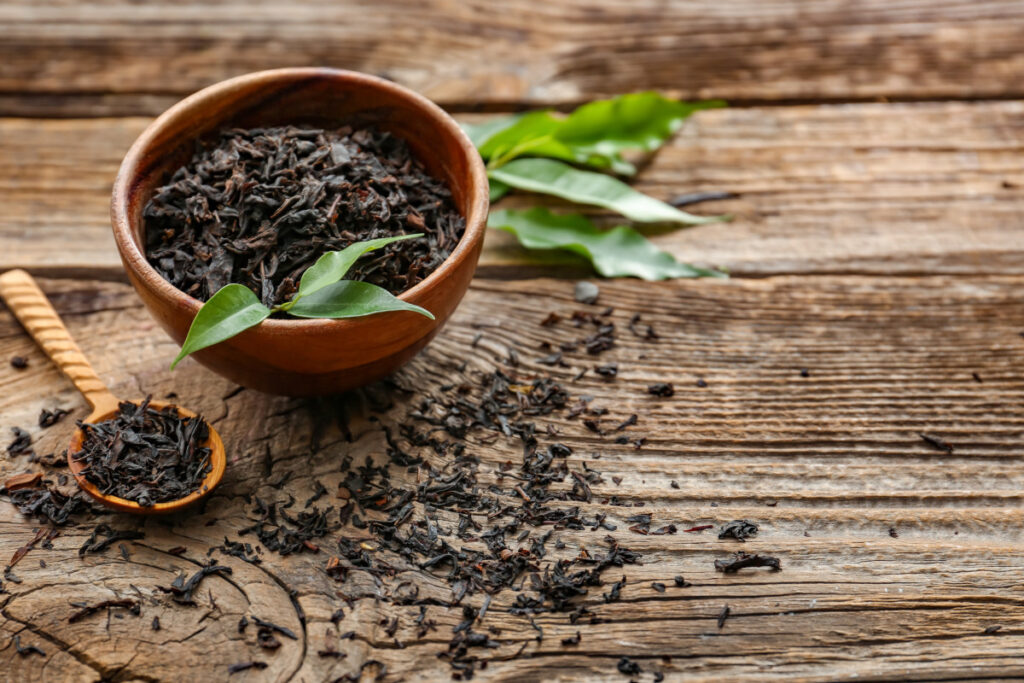
Oolong Tea
The term oolong stems from its traditional name “wulong”, which means “black dragon”.
This style of tea is semi-oxidized to a range of between 8% and 85%, placing it somewhere between green and black tea on the oxidation spectrum and resulting in a wide variety of complex flavor profiles, often embodying notes of flowers, fruits, and cream.
Famous varieties of oolong tea include Tie Guan Yin and Da Hong Pao.
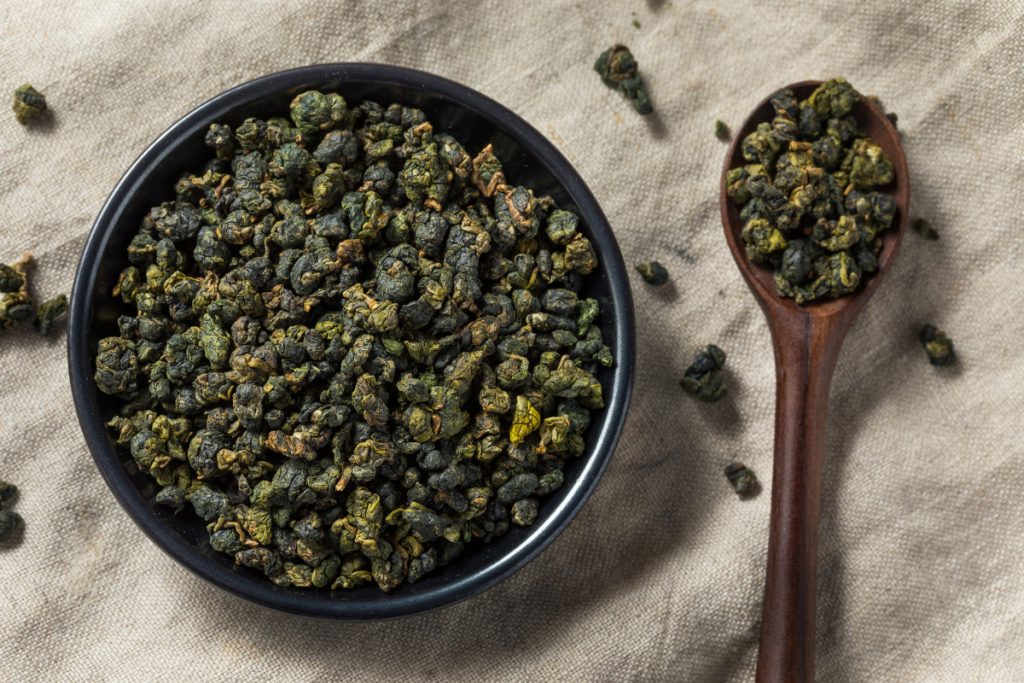
White Tea
White tea undergoes minimal processing, and is often simply sun-dried, which allows the processed tea to retain the natural characteristics of the tea plant.
The flavor profile of white tea is often described as delicate, light, and subtly sweet.
A few famous varieties of white tea are Shou Mei, Bai Mudan, Baihao Yinzhen, and Yue Guang Bai.
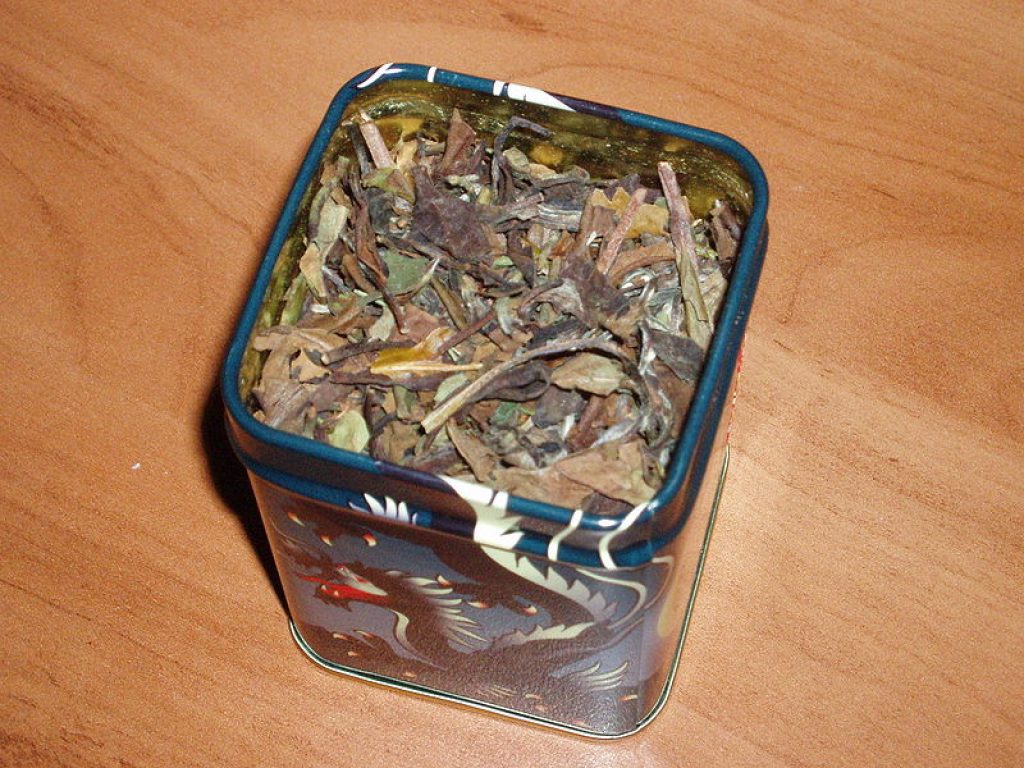
Yellow Tea
Yellow tea is processed in a similar manner to green tea, but with an added “yellowing” or “sweltering” step added to the process.
The flavor profile of yellow tea is often described as gentle, sweet, and refreshing. It tends to possess a smoother and less grassy taste than green tea, often exhibiting notes of chestnut and honey.
Famous varieties of yellow tea include Junshan Yinzhen and Meng Ding Huang Ya.
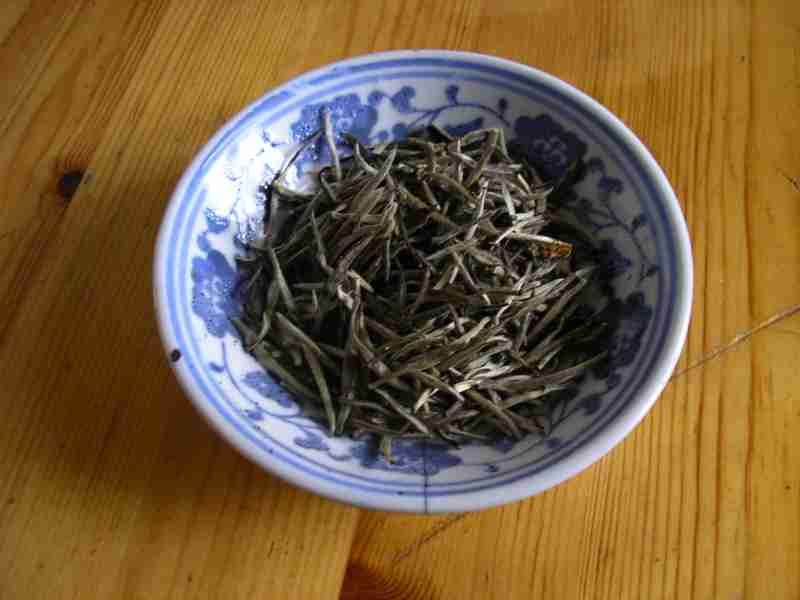
Image credit: Azzurro~commonswiki, Wikimedia
Post-Fermented Tea
Post-fermented teas would include teas such as pu’er, which is a style of tea named after the Pu’er region in Yunnan, China.
Nowadays there are 2 styles of pu’er tea, the more traditional style known as sheng, and a more modern production method known as shou.
While Sheng pu’er is processed mostly in a similar way to green tea, albeit with a few small differences, shou pu’er is produced by wet-piling tea leaves and allowing them to ferment under controlled conditions.
The flavor profile of post-fermented teas can vary wildly depending upon the type of tea, how it was processed, as well as how it was aged and stored.
